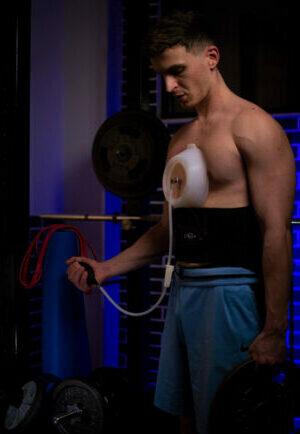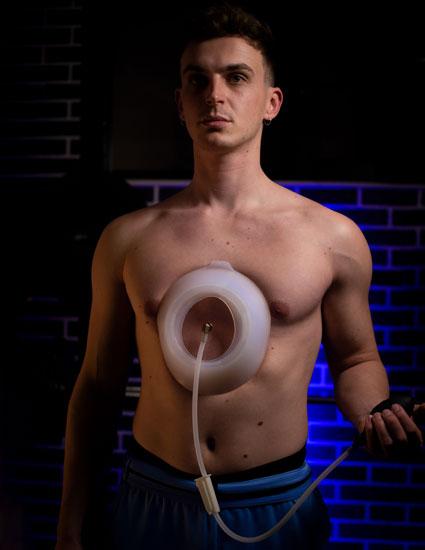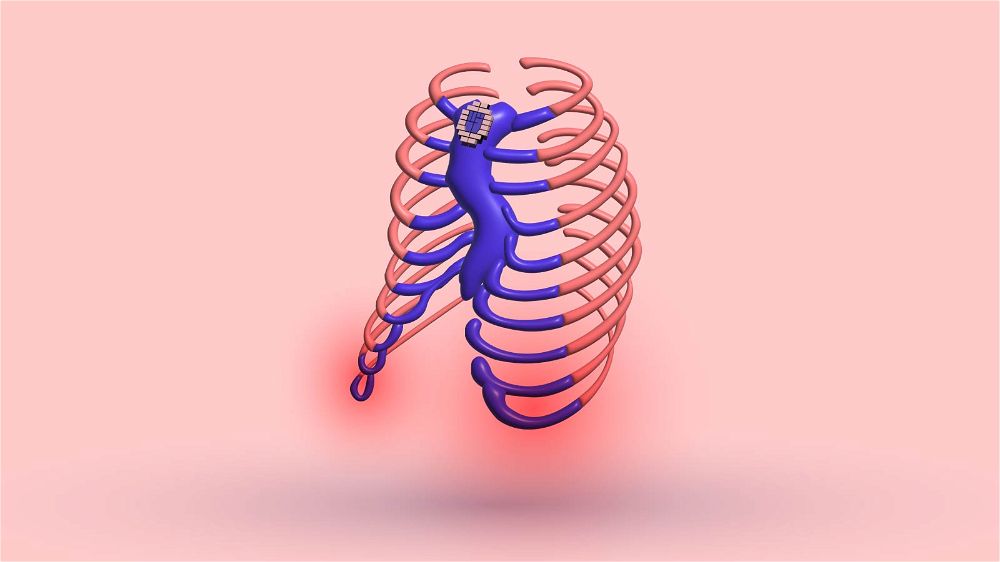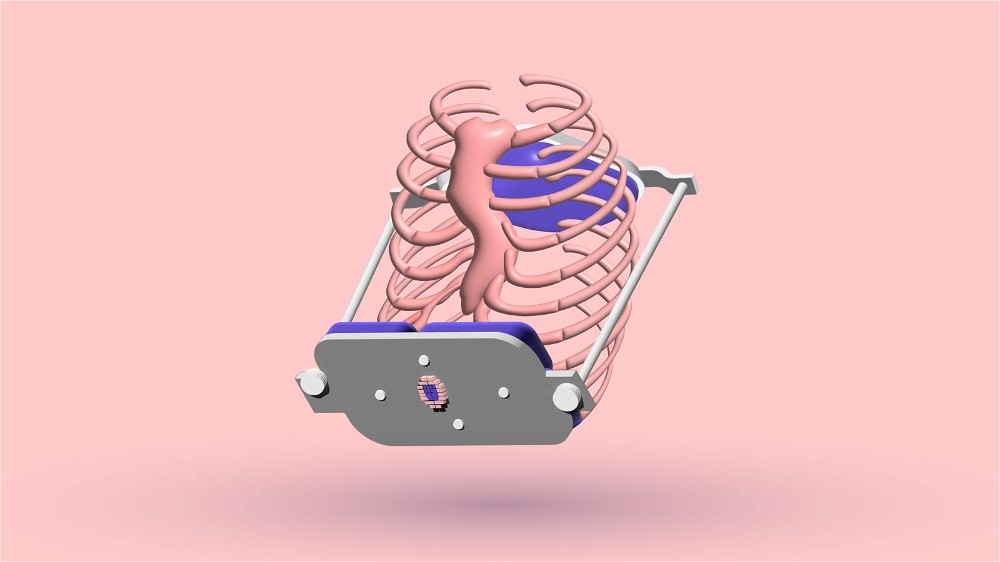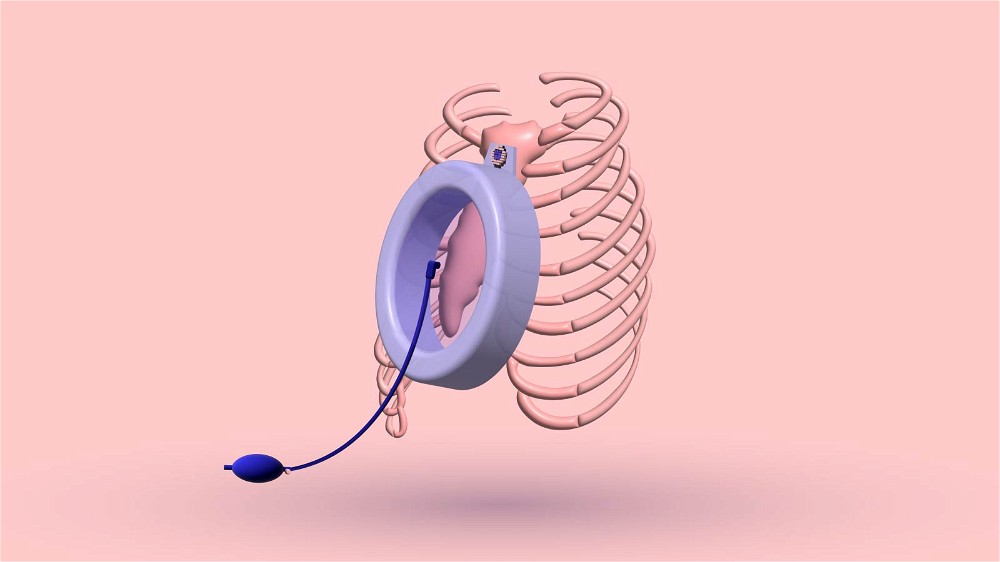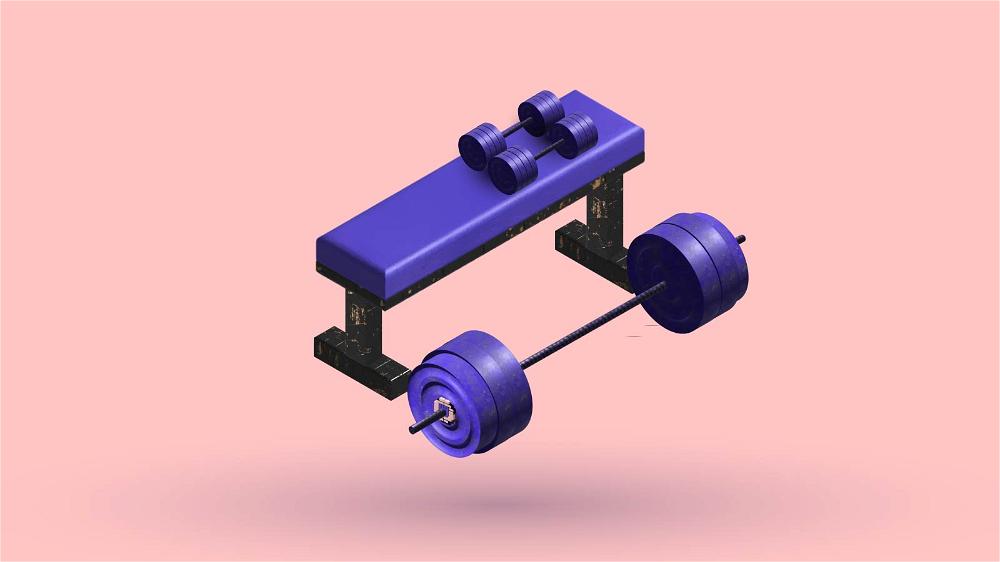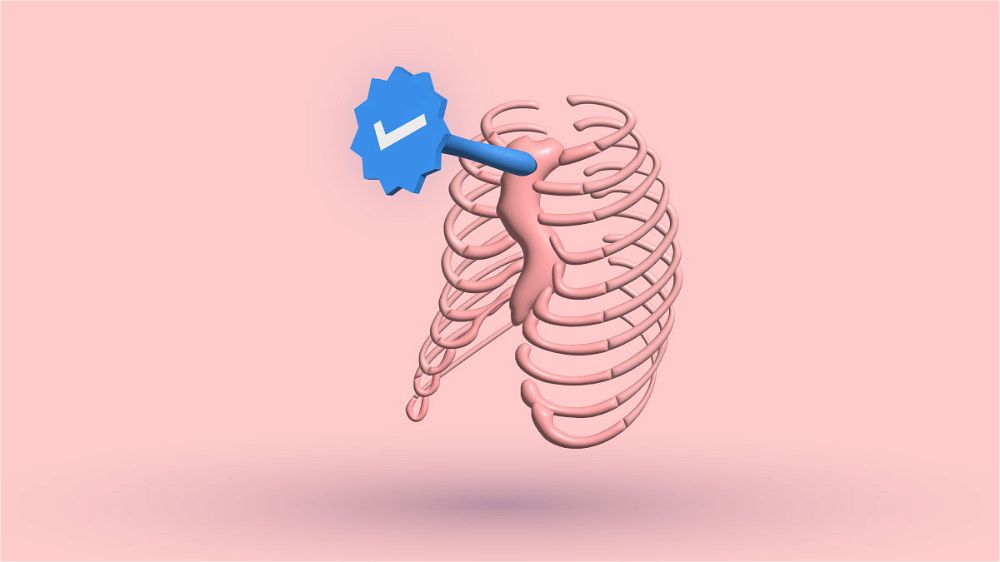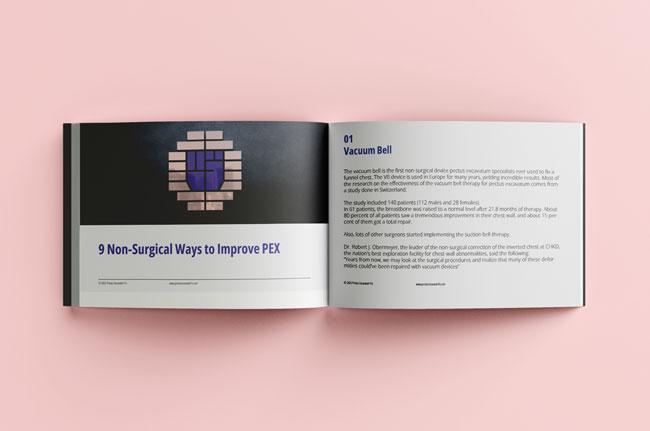A recent 2019 study showed poorer sleep quality in adult patients with pectus excavatum. The quality of sleep was evaluated before and after the correction of the deformity surgically.
The best and most natural way to sleep with pectus excavatum is by laying flat on your back, with three pillows supporting your spine, on a firm mattress.
High-quality sleep is the simplest and easiest step toward a better living every day. There is a saying that sleep is the best medicine. It can help you improve your poor posture in the pectus excavatum correction process.
Sleep is essential for replenishing energy for each new day. We are highly focused on other non-surgical approaches to correcting the deformity while ignoring the benefits of sleeping.
We don’t have an evening routine when it is equally important as the morning routine. We must include a complete to-do list where a pre-bed ritual is included.
IMPORTANCE OF SLEEPING

In this busy world, we forget how important is good sleep and rest for our bodies and mind. Living with constant anxiety and depression due to our body dissatisfaction caused by pectus excavatum can significantly affect our mental health. Getting enough sleep gives your mind a much-needed refresh and recharge.
Because without enough sleep, your brain and body can’t function optimally. We need a lot of energy and willpower to improve our pectus excavatum deformity, both surgically and non-surgically.
PECTUS POSTURE CAN WORSEN DURING SLEEP
Laying in an awkward and unnatural position for a long time each night can affect our bodies and worsen our pectus posture. Sleeping patterns cause changes in our bodies that we don’t even realize are happening.
There is a lot of information about what sleeping positions are the best for our body and posture. But for people with pectus excavatum, these rules might not apply and are a little different and sometimes complex.
People with pectus deformity can also have shoulder pain. The most common symptoms you may experience are deep distress in the shoulder joint and upper arm and shoulder movement problems (especially evident while lifting weights), where you may notice a reduction in mobility and discomfort.
Over time, sleeping on an uncomfortable mattress will give you some upper body pain difficulties, and you’ll never be able to rest well. If you have all these symptoms, it may be another health problem. Please don’t try to diagnose yourself. Always seek medical help first.
IDENTIFY YOUR IDEAL SLEEPING POSITION
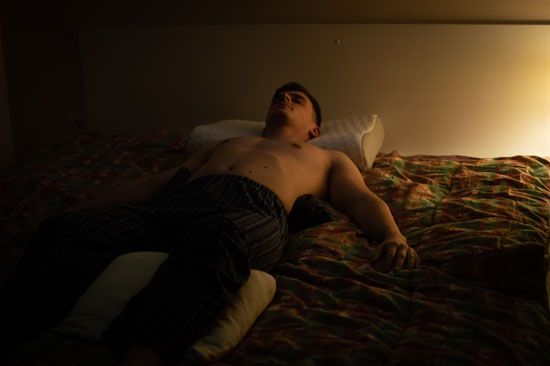
As a person with pectus excavatum, I have one crucial piece of advice for everyone struggling to find the ideal sleeping position. You must identify in what sleeping position your body responds to the best. This advice I am sharing with you helped me tremendously.
MY IDEAL SLEEPING SURFACE
I tried all sleeping surfaces, and the one that made me most energized and well-rested was sleeping on the floor. Try all sleeping positions and surfaces for at least a week under the same circumstances, and find how your body responds.
IMPORTANCE OF MATTRESSES AND PILLOWS

Before we start talking about sleeping positions, there is one more important thing to consider. Your mattress and pillow play a huge role in sleep quality and sleeping positions.
As you may have already experienced before, the pectus excavatum can sometimes cause problems with breathing. For that reason, you need to find the best-fitting height for the pillow. It shouldn’t be either too high or too low.
The too-high or too-low pillow can put your neck in an unnatural position and cause abnormal breathing throughout the night. Also, it can cause muscle strain on the back of the neck and shoulders, no matter which part you are sleeping in. You’ll then experience pain while weightlifting and wonder why that happens.
People with pectus excavatum may have pain in some parts of their upper body. That is why I suggest you do a sleeping analysis and understand how your body responds to certain sleeping positions and what you sleep on.
3 COMMON SLEEPING POSITIONS
1. BACK SLEEPING

As I previously said, the ideal sleeping position for pectus excavatum is on your back, on a sturdy surface. Place some pillows or towels to support the three natural curves in your spine.
You can also wear your pectus excavatum compression brace and vacuum bell while lying in this position. You can’t do this by sleeping on the stomach or sides.
PILLOW UNDER YOUR NECK
You can place a rolled towel underneath your neck or an anatomical pillow to support the weight of the neck and maintain the natural curve. This will help you correct the forward head posture that you may have.
PILLOW BENEATH YOUR LOWER BACK
Placing a pillow underneath your lower back will reduce the pressure of the lumbar curve, helping with weight dispersal throughout the entire spine.
PILLOW UNDER YOUR KNEES
It would be best to place the third pillow underneath your knees to maintain natural hip flexor and leg position. This will increase comfort and improve the quality of sleep.
Another important thing is to make floor sleeping more comfortable while reaping the benefits of sturdiness. You can put a mattress topper on a yoga mat for an ideal balance.
BACK SLEEPING IS A MUST POST-SURGICALLY
Sleeping on your back is a must if you have surgery and have bars inserted in your chest, especially after 4 to 5 weeks. In this case, sleeping on your stomach can cause problems and pain in your breast area.
2. STOMACH SLEEPING
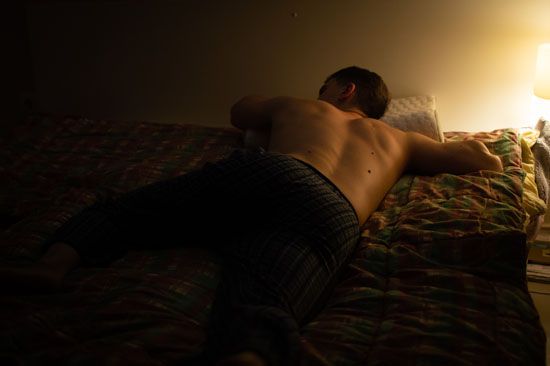
I must say this. At first, I was a stomach sleeper and experienced neck pain because I slept with a pillow. I’ve tried sleeping on all mattresses and pillows, but nothing worked until I ditched the pillow.
If you are a stomach sleeper, try sleeping without a pillow. This will put your neck in a more natural position by keeping the head flat throughout the night.
WHY IS IT COMFORTABLE
Many people with pectus excavatum sleep on their bellies because this position is very comfortable. We feel like their sunken chest is pushed out. Some people often put their pillows in the chest cavity while sleeping to create an illusion of an even posture.
But please know that this is not a long-term solution, and you should change this at some point. Women with pectus excavatum also need to avoid sleeping on their bellies. Weight in the front may intensify pain in the breasts, shoulders, and neck.
3. SIDE SLEEPERS

These sleepers can struggle with pain in the flared ribs and other areas of your body. If you feel uncomfortable, please avoid this position because it creates pressure on the ribs. Luckily, sleeping positions are often habits, and we can change them if they do not serve us.
THE BOTTOM LINE
Sleeping positions matter greatly, especially if you have poor pectus excavatum posture and shortness of breath. Restful sleep will increase muscle recovery, helping you build more muscle by weightlifting to make the deformity less obvious.
You’ll see how much working out, breathing exercises, yoga, and other physical activities will improve if you achieve a better night’s sleep.
In addition to sleeping, find a great workout routine. Be strong mentally and be persistent in the journey of improving pectus excavatum non-surgically. Make yourself a priority, and never forget to give yourself a rest!
8 Sources
- How to Sleep on Your Back: 6 Tips + Benefits [Internet]. Casper Blog. 2020 [cited
2022 Dec 2]. Available from: https://casper.com/blog/how-to-sleep-on-yourback/ - Martin C. Sleep is the best medicine. BMJ. 2007 Dec 8;335(7631):1216.
- DEANADMIN. How to Improve Posture While You’re Sleeping [Internet]. Dean
Chiropractic. [cited 2022 Dec 2]. Available from: https://deanchiropractic.com/how-to-improve-posture-while-youre-sleeping/ - Shoulder Pain — Symptoms, Causes, & Treatment | MSK Australia [Internet].
[cited 2022 Dec 2]. Available from: https://msk.org.au/shoulder-pain/ - Yes, Your Mattress and Pillows Could Be Sabotaging Your Sleep - CNET [Internet]. [cited 2022 Dec 2]. Available from: https://www.cnet.com/health/sleep/yesyour-mattress-and-pillows-could-be-sabotaging-your-sleep/
- What sleeping position is best for you? | CNN [Internet]. [cited 2022 Dec 2].
Available from: https://edition.cnn.com/2016/03/18/health/sleep-positionsgood-bad/index.html - cwchiro. How a Pillow Plays an Important Role During Your Sleep [Internet].
Clear Water Chiropractic. 2014 [cited 2022 Dec 2]. Available from: https://clearwaterchiropractic.net/pillows-role-during-sleep/ - Pectus Clinic [Internet]. [cited 2022 Dec 2]. Available from: https://www.pectusclinic.com/treatments/surgery/nuss-procedure/


